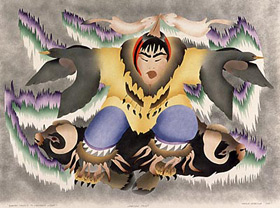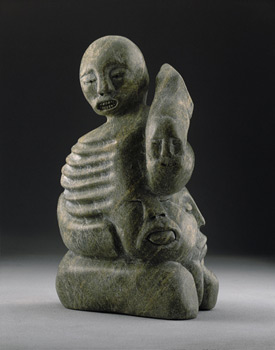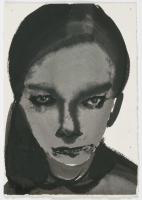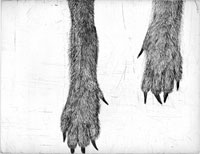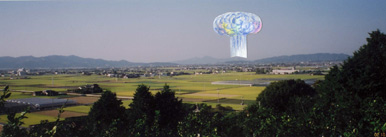Rodin in Vancouver
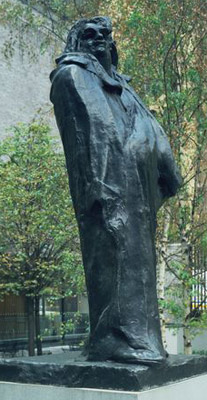
Auguste Rodin. Monument to Balzac. 1898 (cast 1954). Bronze, 9′ 3″ x 48 1/4″ x 41″ (282 x 122.5 x 104.2 cm). from MOMA.
The sculptor must learn to reproduce the surface, which means all that vibrates on the surface, soul, love, passion, life. – Rodin
Yesterday evening we went to see the exhibition Rodin: A Magnificent Obsession at the Vancouver Art Gallery, the first time that we’ve seen a major collection of his work. I went expecting to be disappointed for some reason, but it turned out to be a very very good show, quite inspiring. There were about 70 works mostly sculptures, a few small and beautiful engravings and some photographs. Lots of interesting information posted about the artist’s life, works, writings, the lost wax process for bronze casting, a law concerning editions of his sculptures (12 only per work), and so on, all made it a great learning experience. Interestingly, Rodin himself did not believe in limited editions, sometimes having hundreds of a popular sculpture such as The Kiss made up in different sizes by his studio and the foundries. (The tacky reproductions in the gift shop don’t count!)
Of course, cameras were not allowed so I found an image online, above, of one of my many favourites – do read the interesting description of the creation of this Balzac commission. There were several examples of the numerous studies Rodin made of Balzac (famous but dead, can you imagine?) before he decided on the above one. My husband chuckled over the one with an erection only partly concealed by the writer’s hand. Rodin wanted to portray Balzac’s famed eroticism as well as his overweight figure which did not go over well, and even the robed figure above was deemed too controversial. Much of Rodin’s work, with its rough textures and expressive movement, was considered somewhat radical for his time.
The Musée Rodin, chosen by the artist himself, has a website with a wealth of information and an excellent online gallery of works in different media. And the Rodin Museum in Philadelphia has Rodin’s Sketchbook online.
If you’re in Vancouver and want to see the exhibition, it is still on until September 22nd. If you want to save money, go on a Thursday evening. This is the first time we went on a Thursday night which is by donation, paying $10 for the two of us, which normally is $30 now. (I had let my membership lapse.) Obviously Rodin is popular for it was very busy, especially with two large groups with guides, rather like an opening night where it was hard to see some work. I do prefer a quieter time to really enjoy the art with a sense of meditation, but it was still worth it.
UPDATE: Sept.11.05 You may like to also read an interesting article on Art Daily about a great sounding exhibition of drawings and sculptures by August Rodin and Joseph Beuys at Schirn Kunsthalle Frankfurt in Germany. If I were in Frankfurt….
